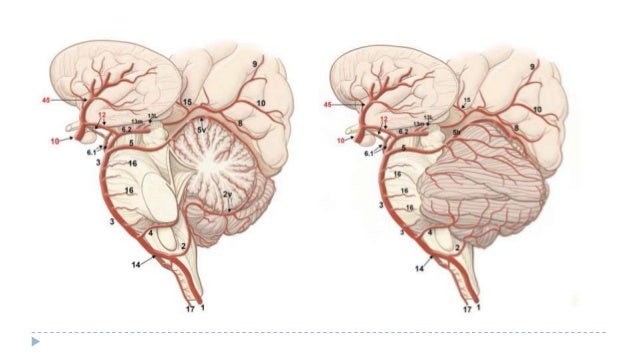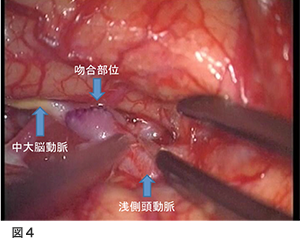
Nonpulsatile tinnitus and subjective tinnitus are more common than pulsatile tinnitus, and nonpulsatile tinnitus is usually subjective. Some investigators also have subdivided the tinnitus into subjective (perceived only by the patient) and objective (perceptible to another person) types. 1- 3 Tinnitus may be classified as either an arterial pulse synchronous type (pulsatile) or a continuous (nonpulsatile) type. It is a common complaint with a lifetime incidence of 7%–12% in the general population. Tinnitus is a sound in the ear, occurring without an external stimulus. 05).ĬONCLUSION: Although 3D-FIESTA MR imaging correctly shows the anatomic relationships of the vestibulocochlear nerve, its vascular compression cannot be attributed as an etiological factor for tinnitus. RESULTS: No statistically significant differences were found between the patient and control groups for the anatomic type of vascular loop, the vascular contact, and the angulation of the vestibulocochlear nerve at the CPA ( P >. The χ 2 test was used for statistical analysis. The anatomic type of vascular loop, the vascular contact, and the angulation of the vestibulocochlear nerve at the cerebellopontine angle (CPA) were evaluated by 2 experienced neuroradiologists. A 3D fast imaging employing steady-state acquisition (3D-FIESTA) sequence was performed in addition to the regular pre- and postcontrast axial and coronal sequences.

Besides the tinnitus and control groups, a third group was formed by asymptomatic sides of patients with unilateral tinnitus. Fifty-eight patients with unexplained tinnitus and 44 age- and sex-matched asymptomatic controls were examined with temporal MR imaging. Written informed consent was obtained from all participants. MATERIALS AND METHODS: This study was approved by our institutional review board. The purpose of this study was to investigate the causative effect of the vascular loop and compression of the vestibulocochlear nerve at the cerebellopontine angle in patients with unexplained tinnitus. BACKGROUND AND PURPOSE: Tinnitus is a common disorder, and the etiology remains mostly unclear. Anatomy photo:28:09-0224 at the SUNY Downstate Medical Center.This article incorporates text in the public domain from page 580 of the 20th edition of Gray's Anatomy (1918) External links ^ Izumi M, Terao S, Sobue G, Koshimura J, Takatsu S, Yokoi Y, Takahashi M, Mitsuma T (1996)."Vertigo and the anterior inferior cerebellar artery syndrome". ^ Deschauer M, Georgiadis D, Lindner A (1998)."Cerebellar Infarction in the Territory of the Anterior and Inferior Cerebellar Artery". ^ Amarenco, Pierre Hauw, Jean-Jacques (1990).

"The effects of occlusion of the anterior inferior cerebellar artery". There is also loss of pain and temperature sensation from the contralateral limbs and trunk, which can lead to diagnostic confusion with lateral medullary syndrome, which also gives rise to "crossed" neurological signs but does not normally cause cochlear symptoms, severe facial palsy or multimodal facial sensory loss. Vertigo may sometimes present as an isolated symptom several weeks or months before acute ischemia and cerebral infarction occurs, probably with the meaning of transient ischemia of the inner ear or the vestibular nerve. The symptoms include sudden onset of vertigo and vomiting, nystagmus, dysarthria, falling to the side of the lesion (due to damage to vestibular nuclei), and a variety of ipsilateral features including hemiataxia, loss of all modalities of sensation of the face (due to damage to the principal sensory trigeminal nucleus), facial paralysis (due to damage to the facial nucleus), and hearing loss and tinnitus (due to damage to the cochlear nuclei). Occlusion of AICA is considered rare, but generally results in a lateral pontine syndrome, also known as AICA syndrome. The amount of tissue supplied by the AICA is variable, depending upon whether the PICA is more or less dominant, but usually includes the anteroinferior surface of the cerebellum, the flocculus, middle cerebellar peduncle and inferolateral portion of the pons. It also gives off the internal auditory or labyrinthine artery in most cases however, the labyrinthine artery can less commonly emerge as a branch of the basilar artery. It has a variable course, passing backward to be distributed to the anterior part of the undersurface of the cerebellum, anastomosing with both the posterior inferior cerebellar (PICA) branch of the vertebral artery and the superior cerebellar artery. It arises from the basilar artery on each side at the level of the junction between the medulla oblongata and the pons in the brainstem. The anterior inferior cerebellar artery (AICA) is one of three pairs of arteries that supplies blood to the cerebellum.


 0 kommentar(er)
0 kommentar(er)
